A bustle in the cage-row: the making of Rat Park
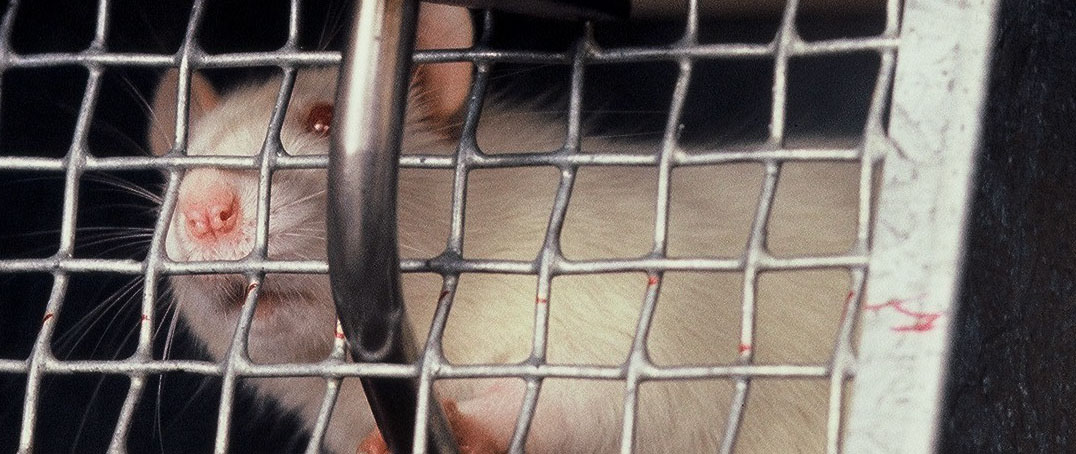
My comics are borne from extensive research. I am preoccupied with telling the truth, and not misrepresenting the facts for the sake of a good story. For this reason, I have abandoned numerous stories because I could not verify their accuracy, or because I felt I would be stretching analogies past their breaking point.
In the past I’ve told you about my research for St Matthew Island, which drove me to learn the exact subspecies of reindeer introduced to the island. Or the fact that the main character of Thin Air, van Helmont, was actually a bad scientist.
This time I want to tell you some of the things I learnt while researching Rat Park. Including some aspects of the experiments I chose not to include in my comic.
This long article might be ‘one for the fans’ only. But I always appreciate when creative people take time to explain what happens behind their curtains.
So here is ‘the making of Rat Park‘. All will be revealed.
On my way: beginning the research
This comic was my first foray into crowdfunding content for my website. I was confident there was was enough credibility in the Rat Park story to warrant a full comic treatment. However, I didn’t know exactly how long the final comic would be, or how I would structure the story.
As usual, I went overboard with research: tracking down the original scientific papers by the researchers, and reading various books and websites on the broader topic.
I realised that accounts of the Rat Park experiments were often dramatically simplified by writers. Often writers would make claims about the methodology which weren’t supported by the original papers. (See “Other good Rat Park references” below, for my guide to worthy sources).
Unimpressed by this misinformation, I decided to write a definitive comic that stepped through the science of the original experiments. I extended the length of the comic from 28 pages to 40 pages, at zero extra cost to my crowdfunding investors.
Describe what you see: Consulting with Bruce
I was lucky enough to have Professor Bruce Alexander, one of the original Rat Park researchers, review draft versions of my comic. He even shared some old reference photos from the time of the experiment. This was a novelty for me, as my comics are usually about long-dead historical figures!
Bruce came across as a generous person, as he obligingly answered my questions about the experiments. His patience in answering my many questions no doubt made Rat Park a better, more accurate comic.
Though they were conducted over 30 years ago, it is clear that Bruce is still proud of the Rat Park experiments. Having said that, I was pleased whenever he pulled me up for overstepping the limits of the original findings. As Bruce put it, “We live in a world of hype and it is important not to get drawn into it. Our strongest weapon is the literal truth.”
It is clear that scientific accuracy is important to Bruce, and that he is not simply promoting Rat Park for personal glory. He recognises that the Rat Park experiments do not necessarily ‘prove’ anything regarding human drug addictions. After all, rats are rats, and people are people. Yet he sees the findings of Rat Park as consistent with his larger body of research into human addictions, which he assembled in his book The Globalization of Addiction.
Carry me back: preparing for Rat Park
The Rat Park researchers were originally united in their view that the 1950s/60s experiments had design flaws which undermined their usefulness as ‘proof’ for addictive drugs. However, the team was divided with predictions about what would happen to the colony rats if given free access to opiates. Would the Rat Park rats avoid or embrace the drugs? Four years of laboratory work laid ahead until the researchers would know the answer.
Although Rat Park’s research was conducted with morphine, Bruce mentioned that this was not the original plan. Heroin is a prodrug (precursor) to morphine: it is converted into morphine by the body’s metabolism. Despite this direct connection between heroin and morphine, the researchers wanted to conduct the Rat Park experiments using actual heroin: for the symbolic impact-factor associated with researching this well-known street drug.
Unfortunately, there were too many bureaucratic hurdles involved for the university to purchase heroin for the experiments (despite the drug being freely bought and sold on Vancouver streets!) The researchers instead used morphine, buying a quantity of the drug from the federal health department, which they kept in a Bank of Nova Scotia safety deposit box on Simon Fraser University’s campus. This security meant that the drug cache with a street value of CAD$262,500 (about a thousand times higher than the actual price the university paid for it) thankfully never fell into the wrong hands!
What the neighbours say: the Rat Park enclosure
An essential part of my research was learning exactly what the Rat Park apparatus and research room looked like. The original papers only mentioned the total area of the enclosure (8.8m²), not the exact dimensions, or where the cage racks were located. I also was curious about what the room looked like: did it have windows? How much space was left around the outside of Rat Park for the researchers to walk?
Thankfully, Bruce Alexander has some photos of the Rat Park apparatus on his website. When I got in touch with Bruce, he was able to send me a handful of additional reference photos. Some of these photos are used in this blog post. Film-maker Jen Di Cresce was also able to help with some scanned 1980s newspaper articles about Rat Park (see below).
When researching her book Opening Skinner’s Box: Great Psychology Experiments of the Twentieth Century (2005) Lauren Slater had the opportunity to see the plywood pieces of the original Rat Park enclosure – which Bruce Alexander had kept in storage. She described it thus:
“…Alexander, Coambs and Hadaway painted the walls of the rats’ Ritz Carlton in jeweled greens and saffrons. They painted deciduous trees, mountains ribboned with roads and studded with tiny trees, creeks flowing over smooth stones. They cared little for the actual environmental accuracy of the backdrop. Jungles gave way to evergreens, snow melted into sand.”
This paintwork was mostly done for the benefit of the researchers, rather than the rats. Painting Rat Park with happy colours gave the team something nice to look at during the long hours they would spend inside the room over the next four years. For the rats’ enjoyment, all sorts of desiderata were placed on the fragrant cedar wood-shavings inside Rat Park. Tin cans, balls and running wheels were all added to stimulate the rats’ natural curiosity.
On the other side of the room, the caged rats were provided with food, water, and the option of taking drugs.
At one stage I imagined the Rat Park enclosure to be an enormous construction, with the photos on Bruce’s website only showing a small ‘wing’ of the sprawling master structure. I emailed Bruce and asked him to double-check the 8.8m² figure listed in his 1978 Psychopharmacology paper. He promised he’d go and revisit the original experiment room the next time he was on campus at Simon Fraser University.
Then it occurred to me: an area of 8.8m² does not mean a square box with all sides 8.8 metres long. It means a box with one dimension 8.8 metres long, and the other dimension 1 metre long. Facepalm! Suddenly the area figure and photograph reconciled in my head.
So Rat Park was an L-shaped enclosure with a total area of 8.8m², and the cage racks in the ‘crotch’ of the L. I am not sure if the rats in the cages were able to look down into Rat Park, or if that was prevented by some sort of screen. Anyway, for artistic effect, I made the wire mesh cages unobstructed on the side facing Rat Park.
They choose the path where no-one goes: the Rat Park team
Unfortunately only two of the Rat Park team were still alive when I was researching the comic. Well-known Canadian psychologist and sceptic Barry Beyerstein died of a heart attack in 2007. Patricia Hadaway had died of stomach cancer in the few years prior to that.
Still alive were Robert Coambs (who I could not get a hold of) and Bruce Alexander. Bruce is not much of a photograph-hoarder, so was only able to provide me with limited pictures of the team at the time of the experiments. However, he was able to supply written descriptions of the appearance of his colleagues.
Hopefully the team would all appreciate the cartoony way I paid tribute to their research in my comic. I am sure my comic, and other recent adaptations, will introduce their research to a new generation of readers.
Where their jive is at: measuring the rats’ fluid consumption
My artwork for the comic greatly simplifies the equipment used by the researchers to monitor Rat Park rats’ consumption. In reality, the researchers used a rather sophisticated way of measuring each individual rat’s intake.
Firstly, all rats were painted with coloured dye (not shown in my artwork), with a particular pattern used for each individual rat. Food was available to Rat Park rats in the main area of the enclosure, however the only way which the rats could obtain fluids was to climb a ramp and enter a small transparent tunnel through the wall at one end of Rat Park. This tunnel was only big enough to accommodate one adult rat at a time. This prevented the rats from observing the drinking habits of their neighbours.
It also allowed the researchers to measure fluid intake for each individual rat. This was done by an electronic counter which measured the number of fluid drops triggered by the rat via photoelectric sensors attached to each of the two dispensers. Whenever a new rat entered the tunnel, a video camera was triggered, which revealed the total fluid drunk by the previous visitor. The researchers assembled data about the total morphine-water and water drunk by each individual rat by reviewing the pictures and noting the rats’ dye markings and the reading of the digital counter.
This electronic camera/counter setup actually failed during the “seduction experiment”, causing the loss of eight days worth of data. Cage rat data from the days when the Rat Park counter was malfunctioning were withheld from analyses.
Naturally, measuring water/morphine-water consumption was easy for the caged rats. With only one rat per cage, they simply weighed each fluid dispenser daily, and then mathematically corrected for evaporation/leakage.
Knowing the intake of each individual rat allowed the researchers to assemble aggregate data for factors such as gender, and whether the rats had lived in social housing their entire lives or not.
The positions of the morphine and water tubes on were swapped between left and right at various points in the experiments. This was done to rule out any sort of behavioural bias towards left or right.
I loved learning about these measurement techniques, but spared readers the full details so the story didn’t get too bogged down.
If one bell should ring: the Rat Park auto-dialler
Suzi Beyerstein, the wife of Rat Park researcher Barry Beyerstein, contacted me after the release of my comic to share her memories of the experiments.
She described a piece of the Rat Park apparatus which I didn’t already know. Apparently the electronic measurement equipment was connected to a phone line, and programmed to ring the researchers’ phones to alert them of any problems with the experiment. For example, if the fluid levels dropped too low, or if any sort of equipment malfunctioned in Rat Park.
Suzi described her memories of being interrupted by phone calls (often in the middle of the night!) from the Rat Park auto-dialler. The device would start by dialling one of the four researchers. If no one answered at that house, the system would call the other researchers’ phone numbers in rotation.
When one of the researchers eventually answered the phone, a primitive voice software would spell out “R-A-T-P-A-R-K” in a computer voice. It would then ask the researcher to enter a code to hear the message. Once the correct code was entered, the software would reveal the problem with Rat Park which needed attention. The unlucky researcher who answered the phone would then have to drive up Burnaby Mountain to Simon Fraser University and restart the system!
Again, this is the sort of nitty-gritty information which brightens my research process. Suzi mentioned how touched she was to see Rat Park on my website as a comic, and mentioned that Barry also would have loved my depiction of his experiment.
That’s the way: experimental results omitted from the comic
There were other elements to the Rat Park experiments which did not make the final comic. Mostly for reasons of brevity.
There were gender differences in morphine consumption, which I chose not to mention. For example, in “kicking the habit”, three female rats died during the experiment (seemingly from dehydration, due to their extreme aversion to morphine), which reduced the sample size for that gender in that experiment. Also, in the “seduction experiment”, results for female rats were considered less conclusive than male rats (although the female rat data still generally supported the ‘housing effect’ hypothesis).
In the original “seduction experiment”, the researchers were also testing the effect of ‘early’ and ‘late’ social housing on drug-taking. In other words, they were seeing if there was a difference in drug-taking in rats who had always lived in Rat Park, versus those who had recently moved after spending weeks in cages (and vice-versa). It turned out that the factor with strongest influence on rat drug-taking was the environment that the rats were living in during the experiment. This is why I glossed over the other dimension of the original experiment.
Due to funding constraints, the researchers were not able to fully test all variables of the experiment: was the reduced drug-taking in Rat Park more due to the comfortable enclosure, or the social interactions available to the rats? Future experiments by other researchers explored these questions.
To those who claim they know: other good Rat Park references
I drew my comic with the intention of making it a self-contained account of the study’s methods and findings. But for those who want to dig deeper, there are more references out there.
Firstly, there are the scientific papers themselves: The Effect of Housing and Gender on Morphine Self-Administration in Rats (1978) and Effect of Early and Later Colony Housing on Oral Ingestion of Morphine in Rats (1981). These are “kicking the habit” and “the seduction experiment”, respectively. Though due to the technical writing used in scientific papers, these terms are not mentioned. For that matter, also omitted is the enclosure nickname ‘Rat Park’. Ah, science!
Also worth reading is Bruce Alexander’s Adult, Infant, and Animal Addiction (1985). Written after some of the dust had settled (including the Rat Park funding running out), the article describes the other experiments which were conducted in Rat Park, and by other similar animal drug experiments around the world. It mentions times where the results of the original, famous experiments were not repeated.
Alexander notes “The Rat Park housing effect cannot be taken to be as robust as it originally appeared to be.” However, he puts this in context by mentioning that all experiments show that rats naturally avoid opiate drugs. Extreme experimental pressure is required before laboratory rats want to consume opiates at all (sugar, forced-habituation and isolation). This is hardly consistent with the ‘seductively addictive and dangerous’ reputation of heroin.
Bruce Alexander discussed Rat Park as part of his 2007 Sterling Prize acceptance speech (occurs between 38:47 and 46:08 of the lecture – for those with more time, it is worthwhile listening from 27:33 onwards to hear about the historical context for the Rat Park experiments). Bruce also dedicates three pages of The Globalization of Addiction‘s Chapter 8 to describing Rat Park. It is discussed as part of a raft of examples which contradict the myth of inherently addictive drugs.
The best written account suitable for a wide audience is found in Lauren Slater’s Opening Skinner’s Box: Great Psychology Experiments of the Twentieth Century (aff: new / used). Rat Park gets an entire chapter in the book. Slater has an engaging and descriptive writing style, and paints a picture of Bruce Alexander based on her time spent interviewing him.
However, after reading the original Rat Park papers, I noticed some omissions/sleights of hands in the way Slater described the experiment and its results:
- She implies that Naltrexone was used with Rat Park rats. In reality, this effect was performed in a Robert Coambs side-experiment involving caged rats.
- She states that in “kicking the habit”, the researchers gave the rats nothing to drink except morphine for 57 days. That is untrue: there were four days of water availability in there. Also, other ‘cycles’ of morphine/water availability were imposed on the rats in order to build drug dependence.The original paper clearly describes the day-by-day regime of water / morphine-water which the researchers made available for the rats.
- Similarly, she implies that the ‘choice days’ of the experiment were all at the end of the ‘forced consumption’ period. That is incorrect. The choice days were punctuated throughout the forced-consumption and ‘cycle’ periods. The data from all of those staggered ‘choice days’ are what constitutes the findings of the experiment. Check the original papers.
I don’t mean to pick on Lauren Slater’s writing in particular. Unfortunately, these errors are parroted in most re-tellings of the experiment. Rat Park is a complicated series of experiments, and writers have only limited space in which to describe it.
Though I may not have explicitly clarified these subtleties in my comic, I was nonetheless careful not to repeat them through sloppy writing.
Finally, here is my trove of scanned 1970s/80s newspaper articles about Rat Park: 1, 2, 3, 4, 5, 6, 7, 8. Take some of their reporting with a grain of salt (e.g. the ‘Contented Rats Reject Heroin’ headline being the worst example). Unfortunately, not all of the articles’ text are included, as the person who scanned them was most interested in the headlines and photographs.
Here I come again: more writings about Rat Park
This is the end of my brain-dump about ‘the making of Rat Park‘. However, there are three other new blog posts which spill over from this one:
- Globalization of Addiction: the post-Rat Park research of Bruce Alexander
- My Drug Period: lessons learnt from researching War on Drugs and Rat Park
- 10,000 / 1,500 / 15: describing my personal experiences with drug-taking








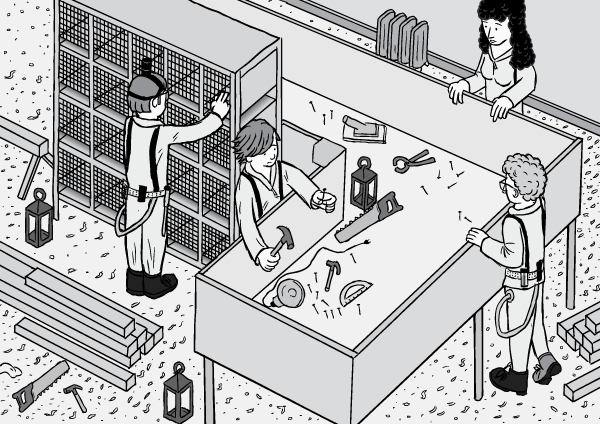
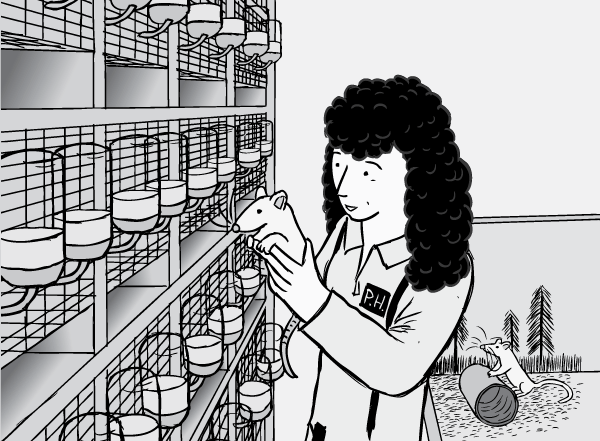

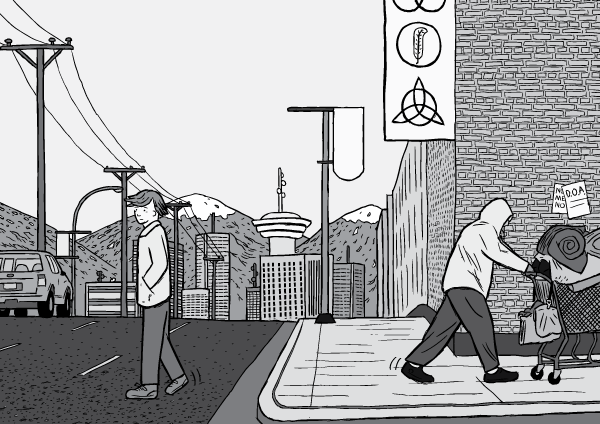
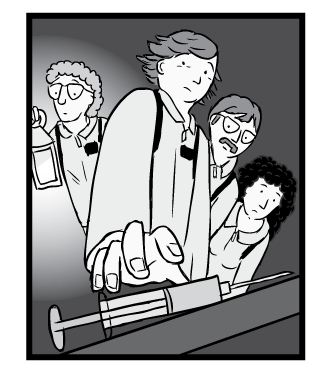
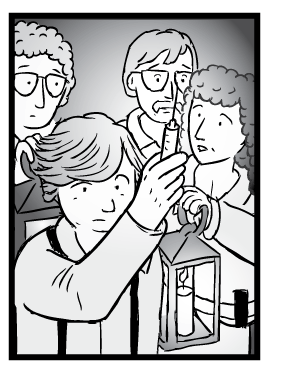
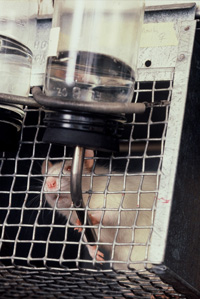
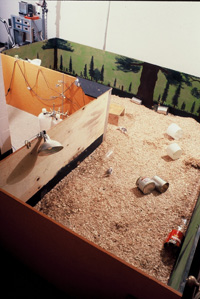
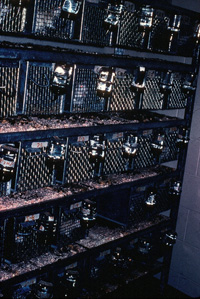
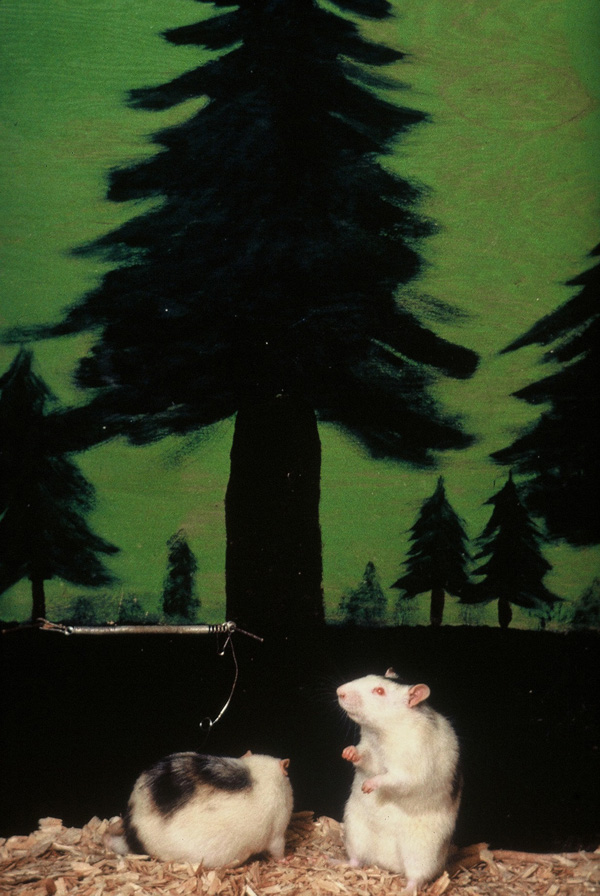
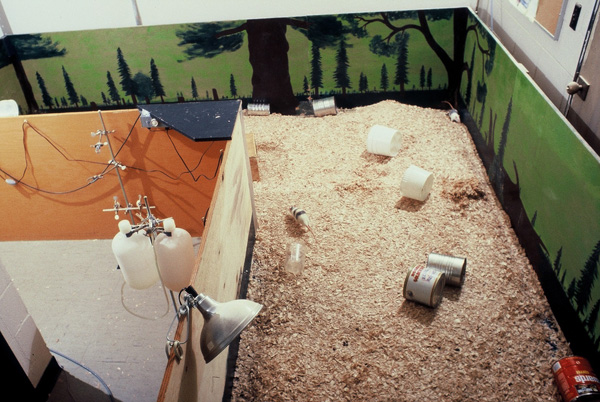
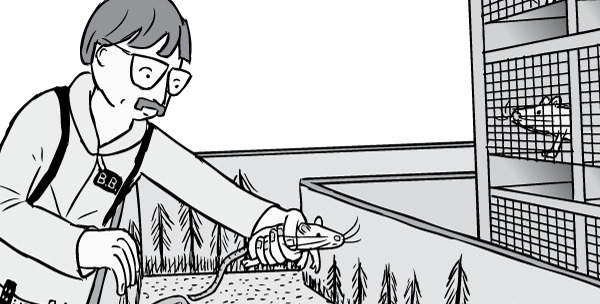
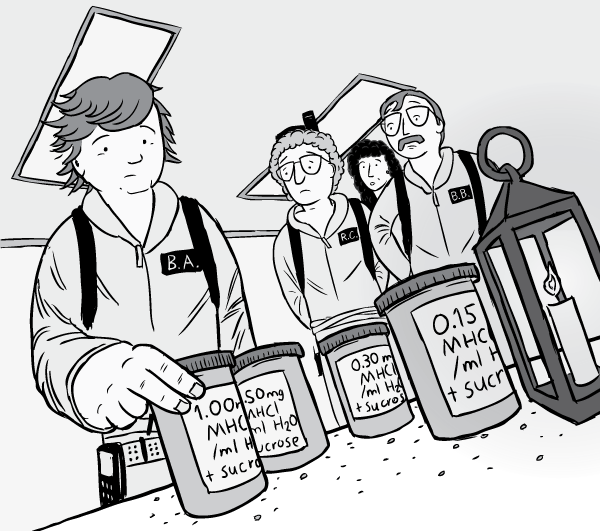
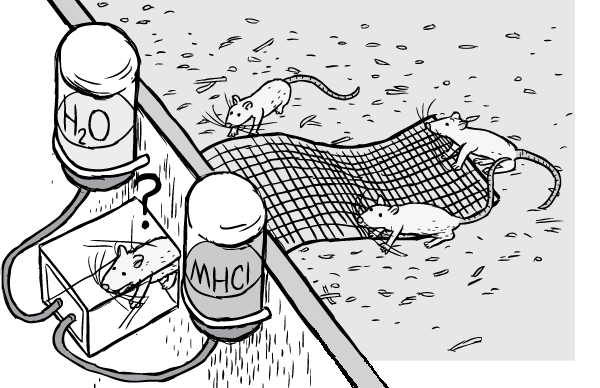
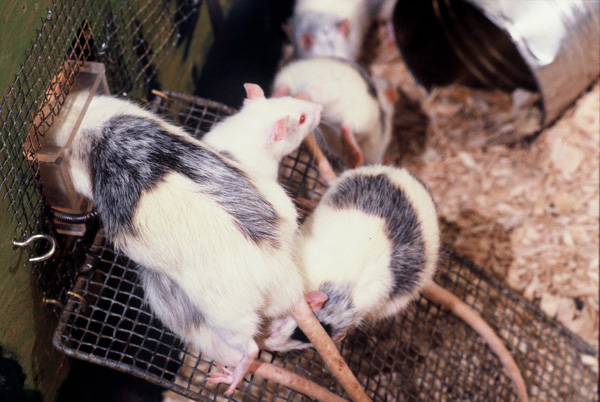

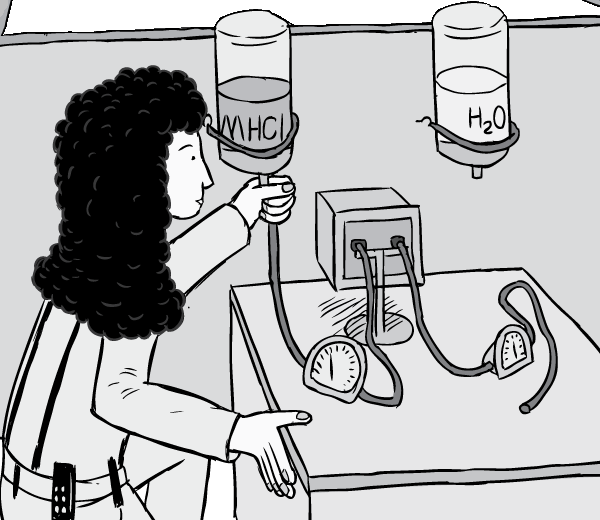
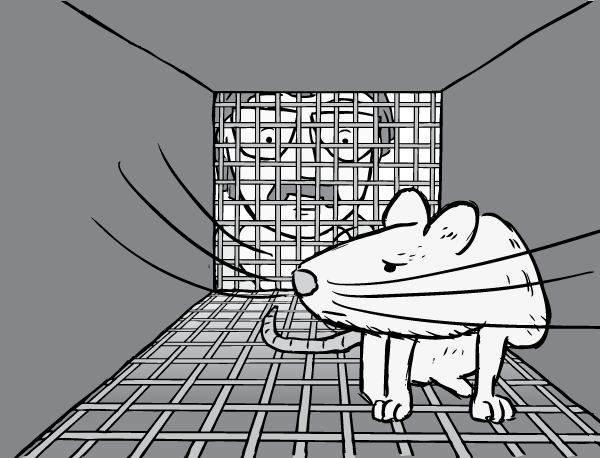
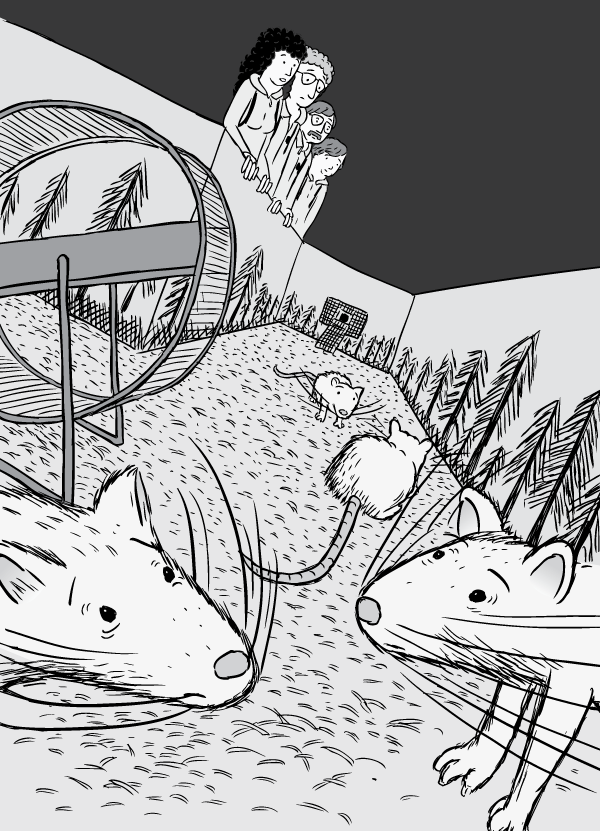
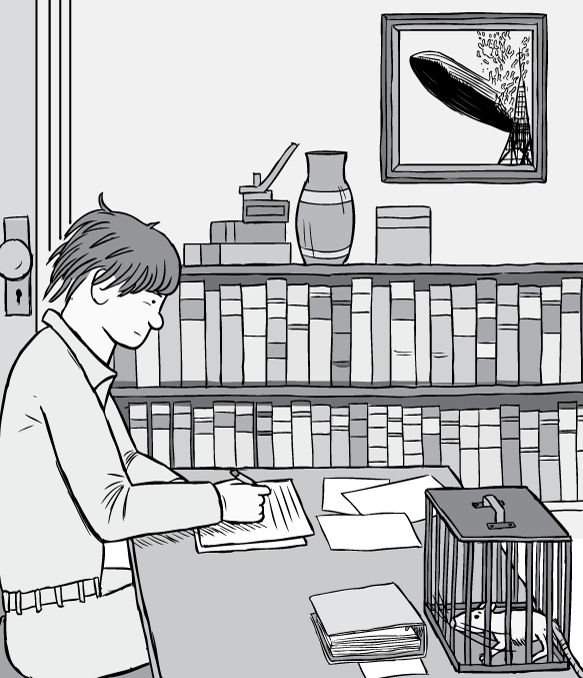
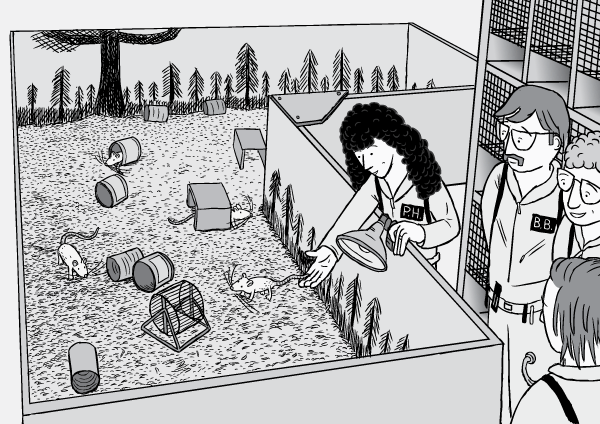
Comments
Donna Hill
Thank you for the summary. It's so great to learn the backstory of the studies! Keep up the good work!
Louisa
I appreciate you on so many levels, as a mom who finds you ever so cute, creative, & clever, as well as a fellow learner of life who knew nothing about this topic until you opened my eyes to a better understanding of drug addiction. I am a 'fan' & will continue to follow your work, hopefully through support as well, when possible. Blessings.
The Rat Park Study: Addiction, Isolation and Humanity’s Urgent Need to Connect & Play | PlayGrounding
[…] A bustle in the cage-row: the making of Rat Park […]
Isolation's role in addiction, graphically illustrated - LifeRing
[…] talks here about what went into the creation of this […]
Russell Hancock
Excellent work on one of societies' and the many miserable and suffering individuals crying for sanity and trying to find their own "Rat Park". Thank you so very much for this contribution!
Stuart McMillen Cartoonist - Just A Platform
[…] results. I was also careful not to over-step the bounds of science when writing my conclusion. I wrote a blog post about the tightrope that I walked when planning the comic, which explains things in greater […]
Mark
It was great. Led Zeppelin!
Stuart McMillen Cartoonist | Just A Platform
[…] results. I was also careful not to over-step the bounds of science when writing my conclusion. I wrote a blog post about the tightrope that I walked when planning the comic, which explains things in greater […]
Pauline Pavon
I was born in late '71, and had never even heard of the "Rat Park" experiments until June 12, 2014. A link to a column called "The Fix" by Charles Einstein on alternet.org was sent to me by a friend, and it blew my mind! I am currently reading Professor Alexander's book, "The Globalization..." and sincerely appreciate his (and the researchers' combined) efforts to get at the TRUTH. I also sincerely appreciate YOURS. I will recommend your comic to some of my friends who are also highly interested in this particular subject, and TRUTH, generally. Thank you!
Rat Park drug experiment cartoon ? Stuart McMillen comics
[...] The making of Rat Park: extra information about the real-life experiments ? Globalization of Addiction: the [...]